How To Avoid Late-Race Fatigue
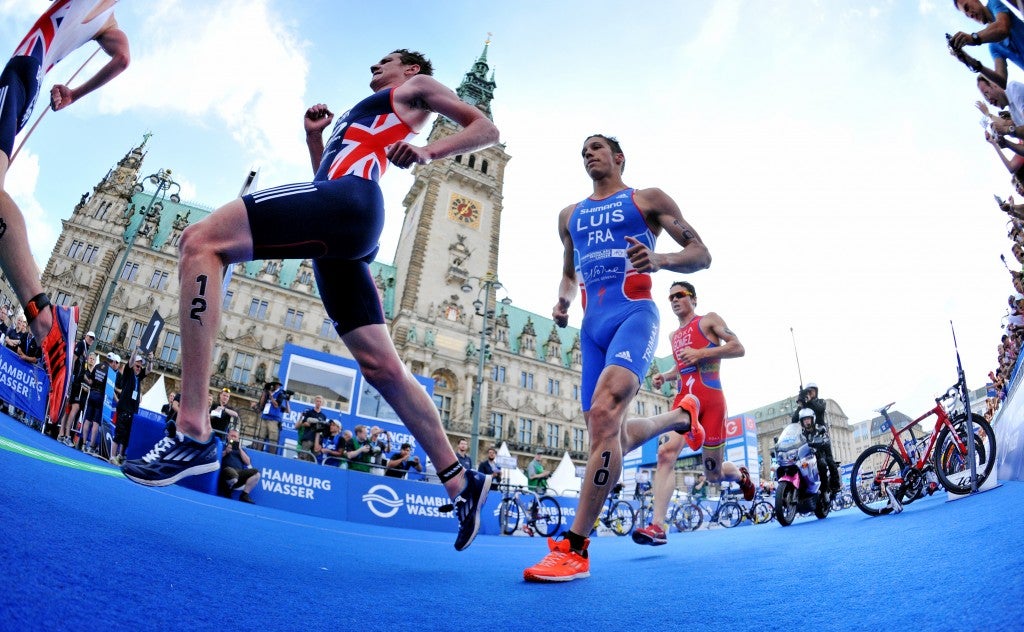
Photo: Janos Schmidt/Triathlon.org
We’ve all been there. In the latter portion of a race, fatigue sets in, your form falls apart and your pace slows. While that efficient lope may have been effortless at the beginning of the running leg, a few miles in, it can start to feel difficult to even put one foot in front of the other. When your form begins to fail, your running economy—how efficiently your working muscles utilize oxygen to function at a specific pace—also takes a dive.
Research out of Northumbria University in England shed light on this link between running economy, fatigue and muscular endurance. Upon recruiting a group of runners, the researchers first tested their quad and hamstring muscular endurance strength. They then put them through two treadmill tests—one where they ran at a steady pace over a number of miles and the other during which they ran at VO2max pace for four minutes in the middle of the run.
Unsurprisingly, the participants’ running economy suffered a whole lot more in the second half of the run that included the high-intensity bout than the steady-state run. The researchers also found that their muscular endurance dictated how much running economy suffered. Those with higher muscular endurance maintained their running economy better than their weaker counterparts.
Mike Hamberger, a certified USA Track and Field coach and strength and conditioning specialist in Washington, D.C., explains this by saying that optimal muscular endurance allows proper form to be maintained throughout a long race or workout. “If form is correct, then there is less compensation happening with the mechanics,” he adds. “Less compensation means fewer unnecessary movements and less reliance on weaker muscles having to pick up the slack for the bigger muscles getting tired.”
This process, in turn, translates into less oxygen being required by the body to run at a given pace, which is where the boost in running economy comes. Rich Airey, a running and strength coach, and creator of RunningWOD.com, echoes this point, adding, “As you start to break down, the stronger the muscle fibers are, the longer you’ll be able to push. The key is to avoid breakdown in form.”
Put simply, it’s all about being strong enough to push back that point of fatigue as far as possible, especially in longer races. You can’t just strength train non-discriminately and get results, however. By focusing on the running muscles that do the most work, you’ll stave off that point of decreased running economy.
In particular, the muscles in the lower back, hips, hamstrings and glutes should be at the top of your list when it comes to strength work. “By strengthening these, you’ll also strengthen your core and improve posture,” Airey says. “All movement begins and ends with posture.”
Hamberger emphasizes the importance of the glutes since they work the hardest when a runner is maintaining good form. “Strong glutes allow the legs to move freely behind the runner during the recovery phase of the stride,” he explains. “Coupled with hip flexibility, this recovery action of the leg is what determines stride length, which, in turn, is what determines running speed.”
Check out these four exercises to improve muscular endurance.
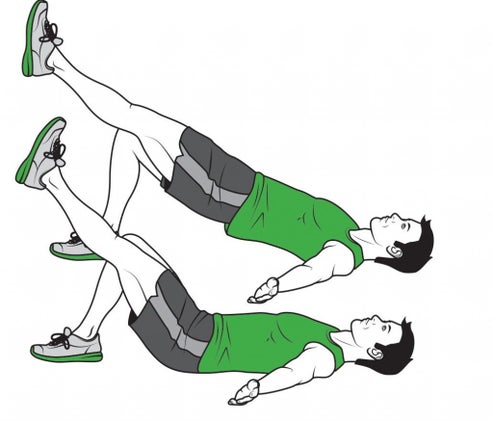
Single-leg bridge
Lie on your back with your knees bent, feet flat on the ground and arms at your sides. Straighten one leg out in front of your body, engage your glutes and lower back, and lift your hips and glutes off the ground. Pause at the top of the bridge for two seconds, lower back down and repeat. 15 reps per side
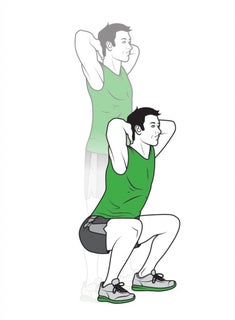
Squat
Stand with your feet shoulder-width apart and shoulders back, maintaining good posture. With your arms straight out in front of you or behind your head, slowly lower your body down as if sitting. You should feel the quads, hamstrings and glutes engaging as you lower down and lift back up. 15–20 reps
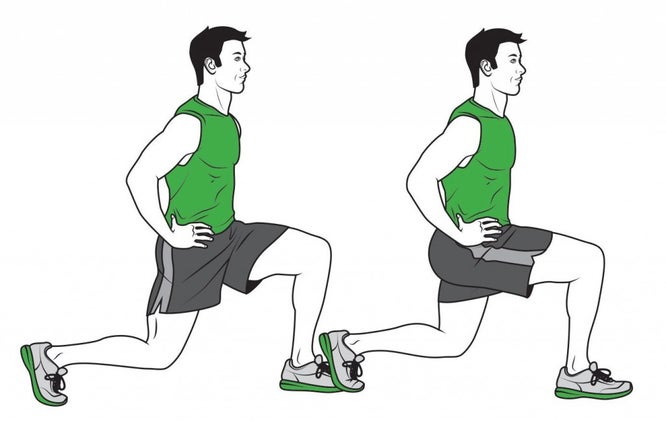
Walking lunges
Standing upright with your feet together, step forward with your right leg, lowering your hips downward and bending both knees at 90-degree angles. Be sure to keep your front knee aligned with your ankle, rather than pushing over your toes. When you reach close to the ground, lift back up, step forward and alternate to the left leg. 15–20 lunges per side
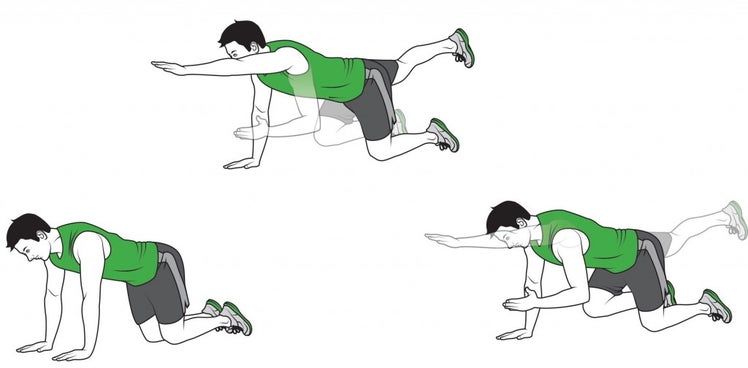
Bird
On all fours, pick up your left hand and right knee off the ground. Extend your left arm out in front and your right leg out in back of your body. In a controlled manner, bring them together under your body and then extend them both again.
20 reps per side